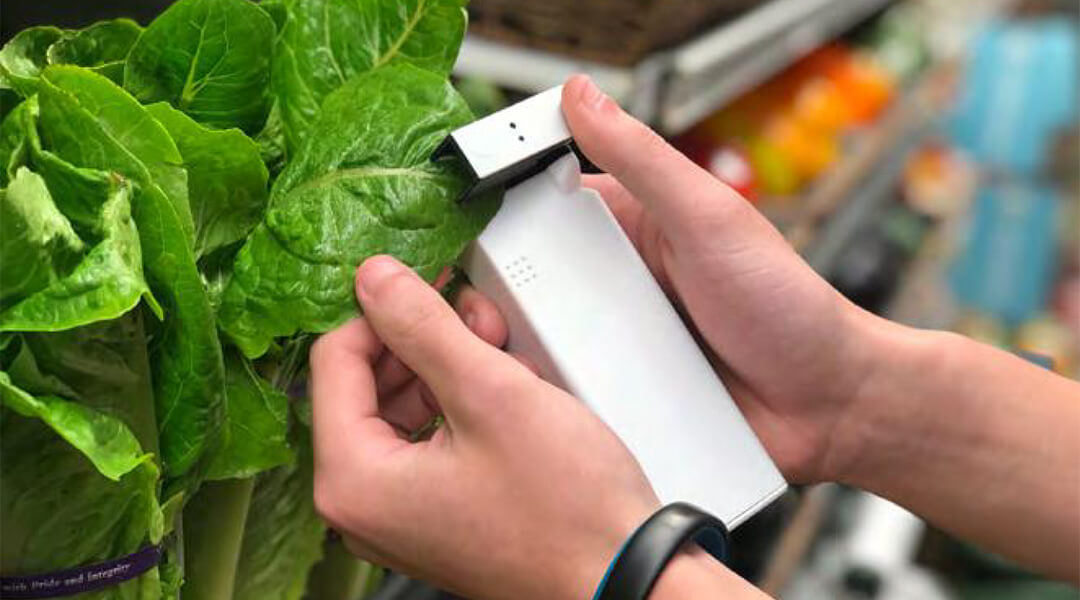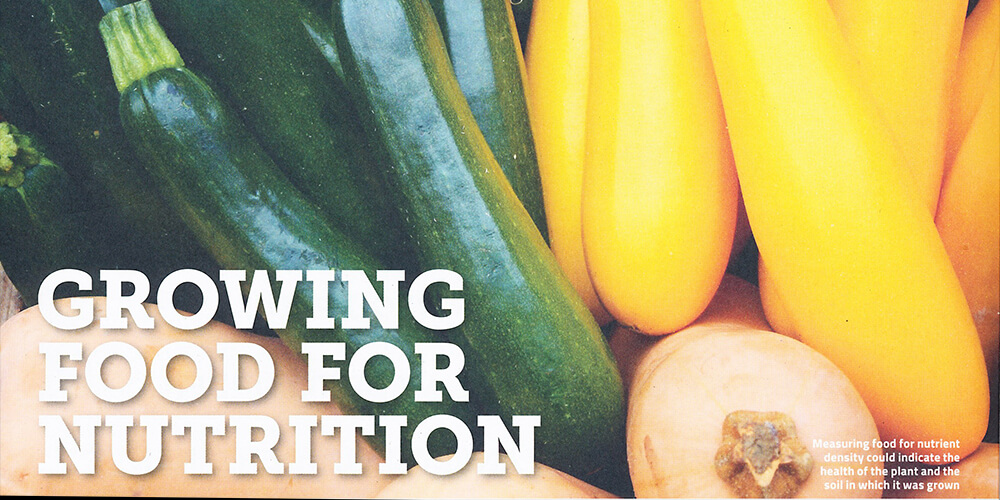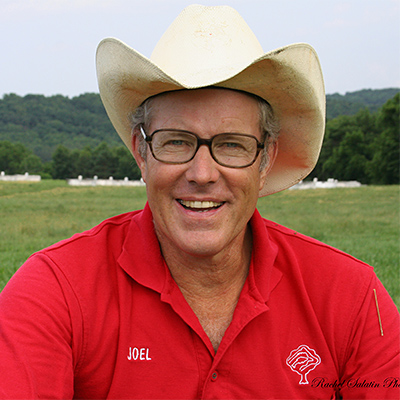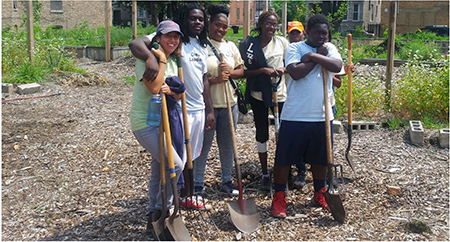New Definition of Nutrient Density Goes Beyond Labels

As a child in elementary school I remember telling my science teacher that I was an Organic Farmer. The disdain with which she responded in front of my peers by saying "organic means contains carbon, so all farmers are organic farmers" sticks with me to this day. It was not actually that long ago that a group of back-to-the land homesteaders took a word that meant one thing in the world of science and redefined it to create a cultural touch point that now has a significant meaning globally.
In much the same way, food scientists have defined nutrient density differently than have those in the broader food movement. Specifically, they determine the nutrient density index of a crop by its average level of nutrients per unit calorie. For example, kale has on average a relatively high level of nutrients but a low level of calories. By this metric then kale has a high nutrient density score. Rice has many more calories in it per unit and so would have a low nutrient density score.
For the broader food movement, however, nutrient density has to do with quality, with how nutritious one bunch of kale is in relation to another. Or one bag of rice to another. Among food scientists there is an implicit assumption that all kale or rice is relatively nutritionally uniform. This assumption is foundationally flawed. Read the full article





 I've been waiting a decade to write this column. I'm always squeamish about touting something too early. Like friend and fellow pastured poultry enthusiast Andy Lee always said: “I don't want to hear ‘I'm gonna;’ I want to hear ‘I did.’” How many times have businesses or well-spoken visionaries described "gonna" and everything falls off the rails before it happens? Or it runs out of steam or out of money or the concept doesn't work. The point is I'm pretty conservative about making announcements too early, so I've sat on this one almost to the point of embarrassment but it was worth the wait. Do I have your attention now? Good.
I've been waiting a decade to write this column. I'm always squeamish about touting something too early. Like friend and fellow pastured poultry enthusiast Andy Lee always said: “I don't want to hear ‘I'm gonna;’ I want to hear ‘I did.’” How many times have businesses or well-spoken visionaries described "gonna" and everything falls off the rails before it happens? Or it runs out of steam or out of money or the concept doesn't work. The point is I'm pretty conservative about making announcements too early, so I've sat on this one almost to the point of embarrassment but it was worth the wait. Do I have your attention now? Good. 
